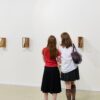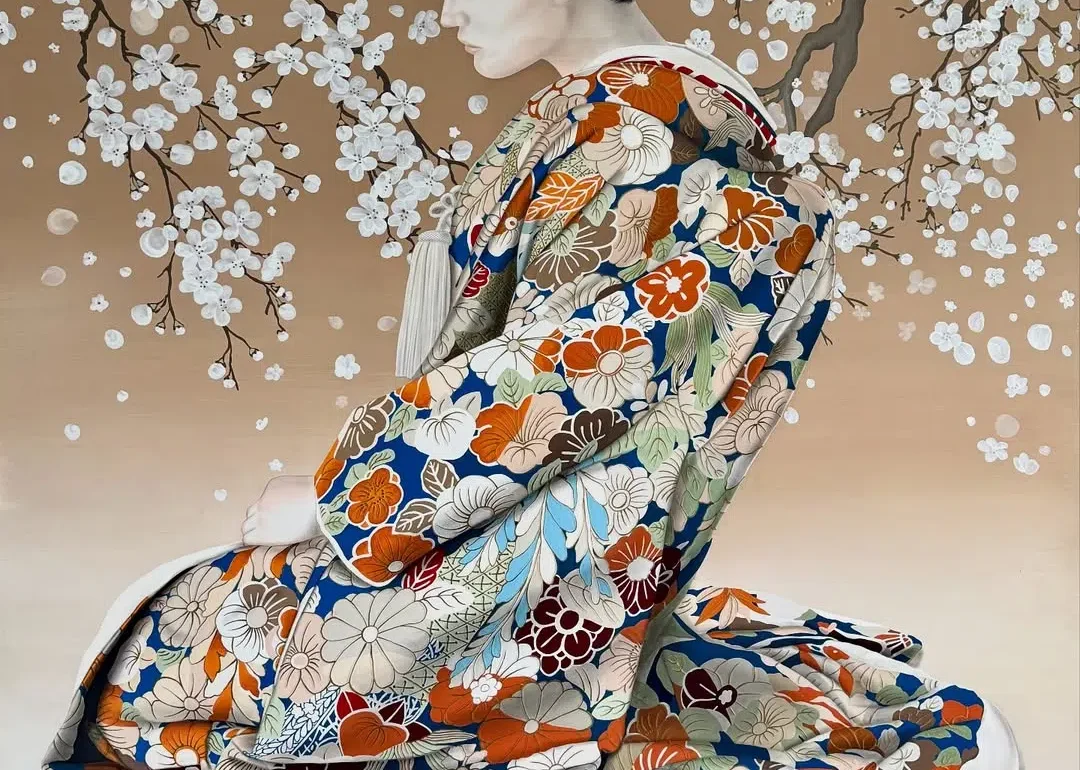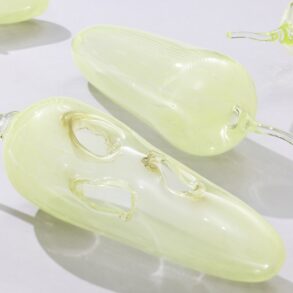

Many women learn to hold back their emotions—not due to a lack of strength, but because society has taught them to navigate expression carefully. This idea is captured in the work of Turkish artist Zarife Gizem İbrahimoğlu, whose portraits of women convey subtle emotions and a quiet strength beneath composed expressions.
İbrahimoğlu draws inspiration from Eastern culture, textiles, and traditional art, often painting her subjects in kimonos or surrounded by patterned fabric. Her interest in East Asian craft and design grew during her time at Studio Ito Design Milano in 2015, where she worked closely with Japanese designers. Later, between 2015 and 2019, she continued exploring these influences at Imrahor Istanbul, where she had the chance to study Eastern fabrics, furniture, and craftsmanship up close. These experiences continue to shape her work, with recurring symbols and details that reflect what’s inspired her along the way.
İbrahimoğlu’s work is not only visually striking; each painting also tells a story. Working with graphite, charcoal, and acrylic paint, İbrahimoğlu creates portraits of women she sees as extensions or reflections of herself. Through each piece, she aims to capture a range of emotions, with a particular focus on the emotional shifts and inner experiences that women navigate in today’s world.
We caught up with İbrahimoğlu to find out more about her influences and life as an artist. Check out her stunning paintings below and read on for My Modern Met’s exclusive interview.
Artist Zarife Gizem İbrahimoğlu’s stunning portraits of women capture their subtle emotions and quiet strength. Read on to learn more about the artist’s work.
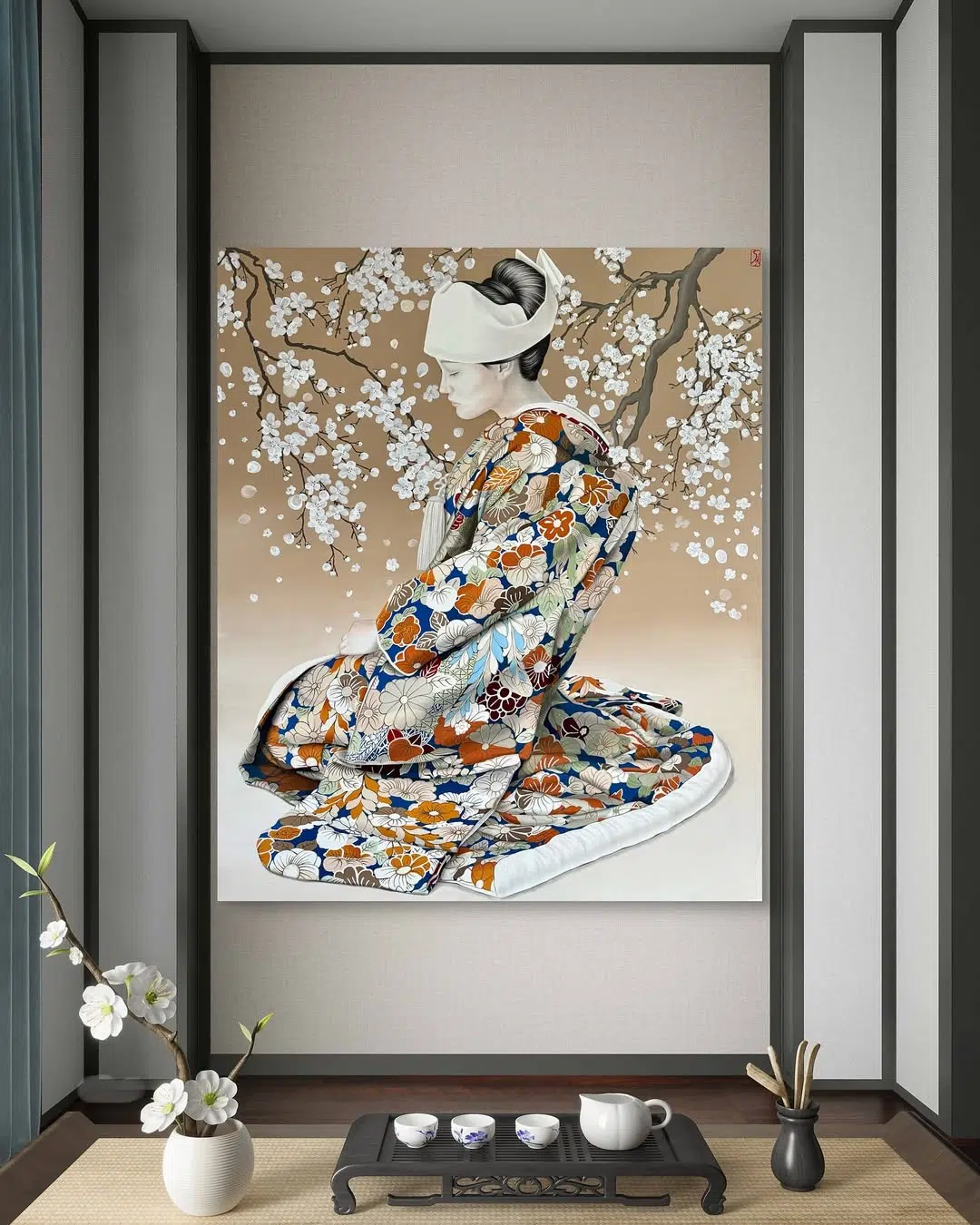



How did you first get into art, and how did you discover your unique style?
Painting was my favorite thing to do since I was a child. But for a long time, I didn’t see it as something I could truly pursue, so I chose a different path and became an interior architect. I worked in that field for years, but something always felt missing. Over time, I realized that painting was the only thing I truly wanted to do. Returning to art didn’t feel like a choice—it felt like remembering who I was. My style came naturally during that process. The more I stripped things down, the more clearly I could hear my own voice.
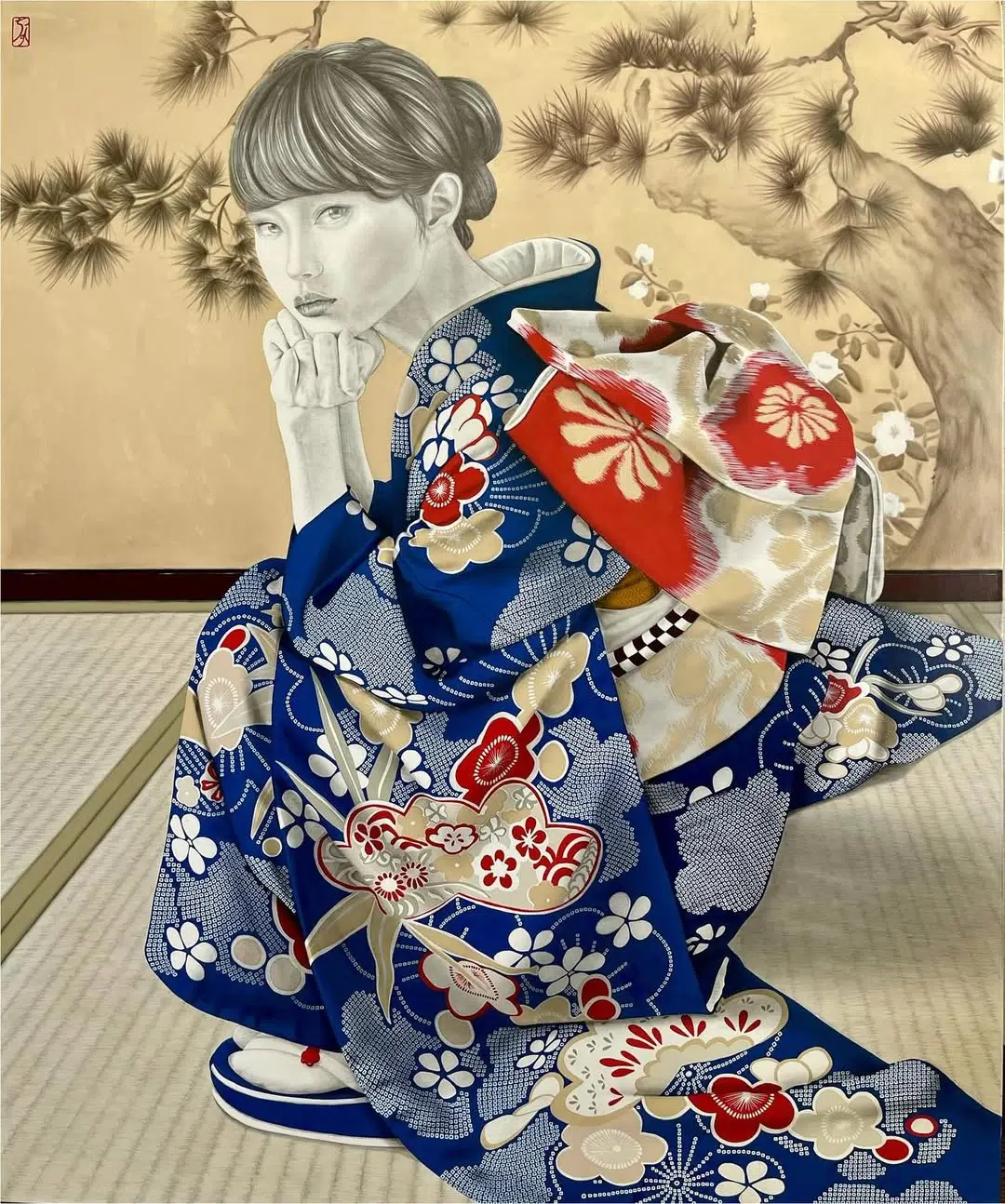



Your art often explores emotions and psychological changes in women. How do you choose which feelings or states to show in your work?
They choose me, actually. I’m drawn to what’s unspoken—emotions that society often encourages women to suppress. Sometimes it’s longing, sometimes rage, sometimes that eerie stillness after heartbreak. I try to capture these moments without softening them, because there’s power in their honesty.
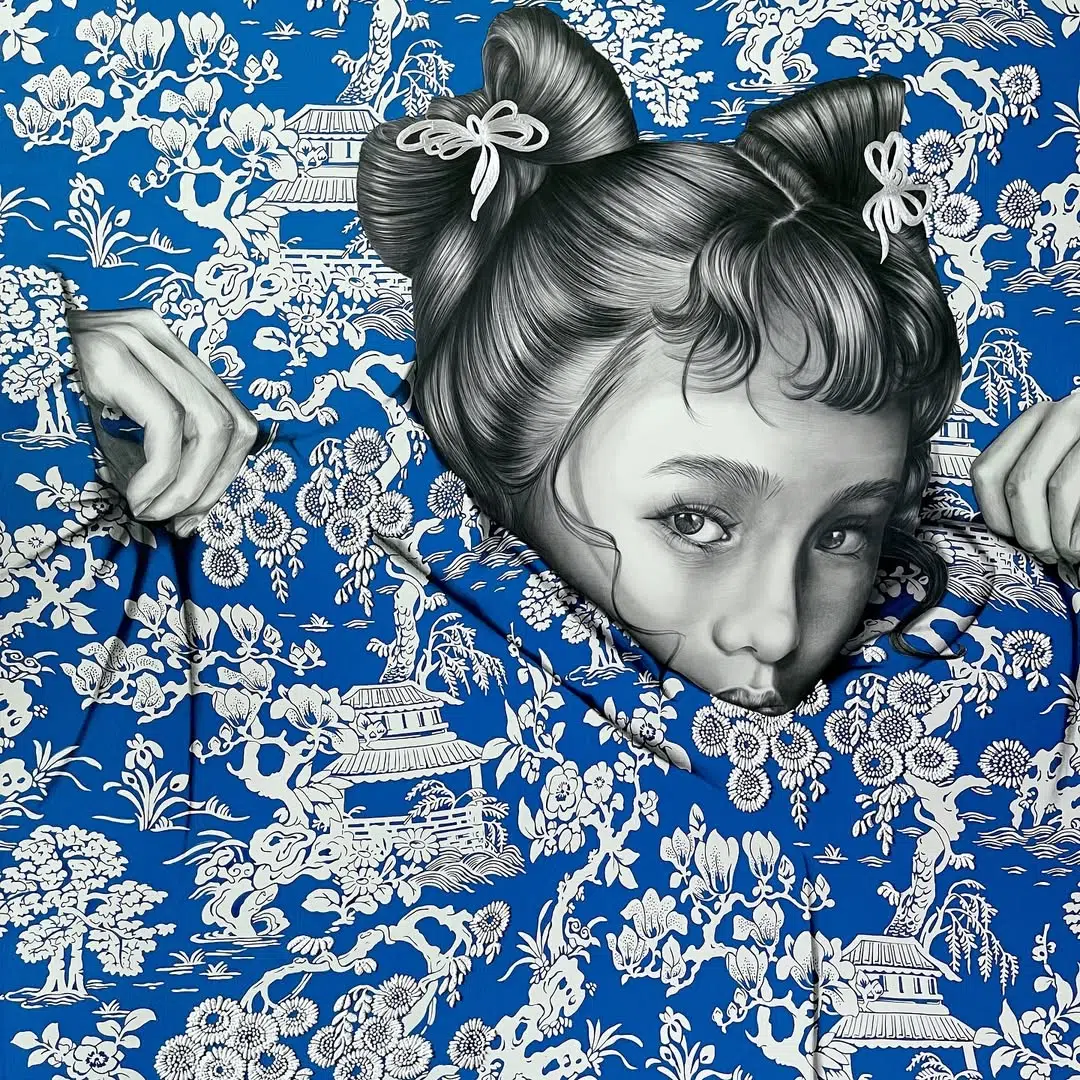



Do you see your art as a way to reflect on yourself or as a message about bigger social issues, especially related to women?
In many ways, it’s both. My work often begins from a deeply personal place, but I’ve come to realize that those feelings often resonate with many other women as well. For a long time, women’s inner worlds have either been overlooked or overly idealized. Through my art, I try to make that space visible—honestly, with all its complexity, contradictions, and intensity. In a way, it’s my way of remembering a sense of belonging—both for myself and for others.




How has Eastern culture influenced your art, particularly in your approach to creating portraits?
Eastern aesthetics taught me the power of restraint and imperfection. I’m fascinated by philosophies like wabi-sabi—the beauty of the incomplete, the quiet, the transient. In portraiture, this shows up as intentional asymmetry, muted tones, or the choice to leave parts of the canvas “unfinished.” These absences speak as loudly as the brushstrokes.




Your work has a lot of symbolism. Can you explain what the symbols mean to you and how they fit into your art?
For me, symbols are visual expressions of emotion. I’m especially inspired by Japanese techniques like shibori and sashiko.
In shibori, the fabric is folded, twisted, and bound, then revealed with patterns that are both intentional and full of surprises. I approach my figures in a similar way, adding symbols that are sometimes obvious, sometimes hidden, and meant to be discovered over time.
Sashiko’s repetitive stitching reminds me of healing, patience, and quiet strength. I try to carry the spirit of these techniques into my work, creating space for the viewer to find their own meaning in the details.








What’s your process like when you start a new portrait? How do you bring your ideas to life?
It always begins with a mood, not a face. I build from an emotion, sometimes just a sentence or a piece of music, and let the composition form around that core. There’s a lot of layering, scraping back, redoing. I don’t chase perfection—I chase presence. When the painting starts “looking back” at me, I know I’m close.




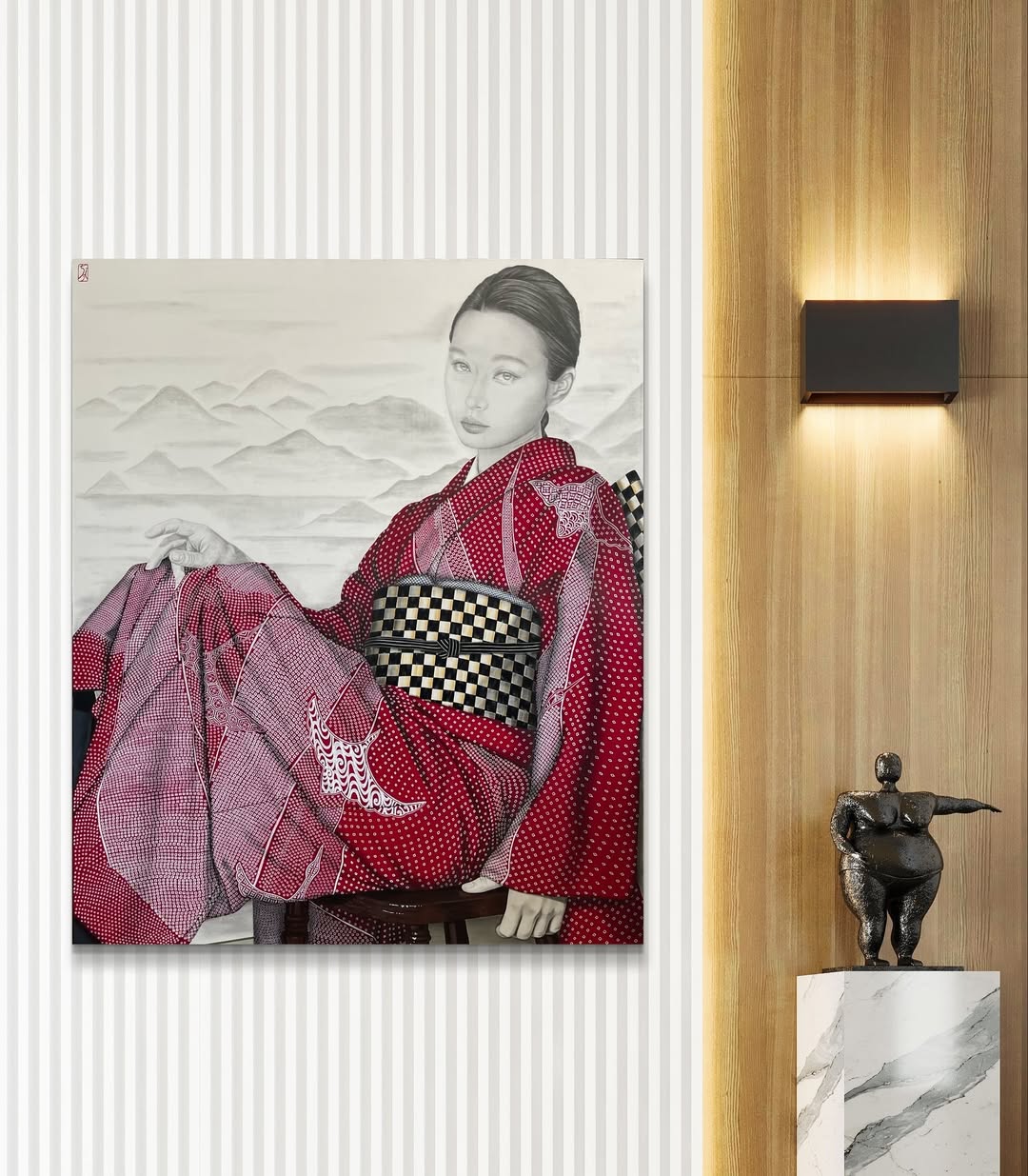



Do you have any upcoming projects or exhibitions you would like to share?
Yes—and I’m genuinely excited about this one! I’ll be showing my work at VOLTA during Art Basel week this June. It’s a major step for me in terms of sharing my art on an international platform and connecting with a wider audience. Some of the pieces I’ve been developing for a long time will be unveiled there for the very first time. The energy is high, and I can’t wait.
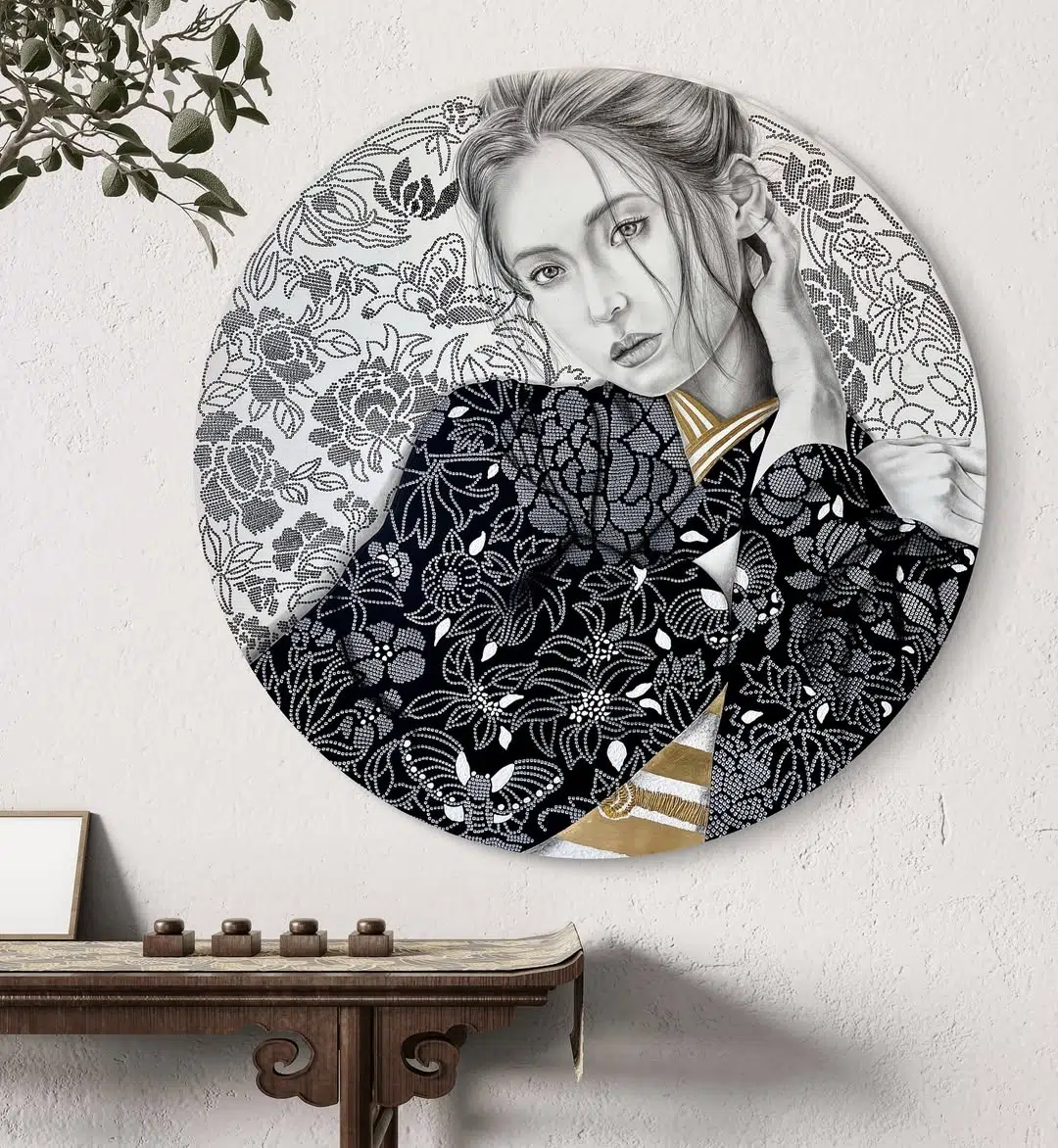



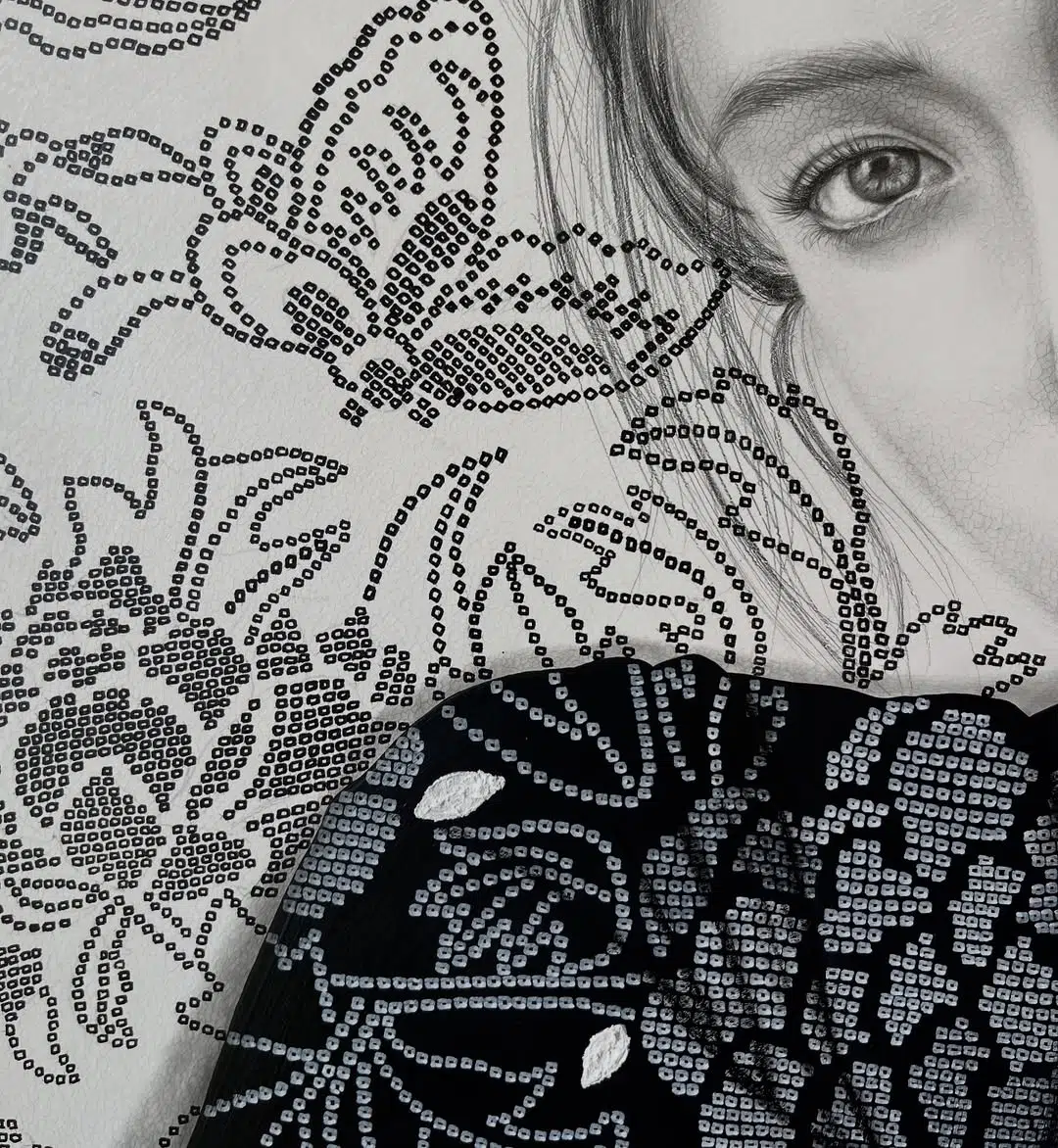



Zarife Gizem İbrahimoğlu: Gallery | Instagram
My Modern Met granted permission to feature photos by Zarife Gizem İbrahimoğlu.
Related Articles:
Ethereal Paintings of Women Explore What It Means To Be Human and Connected to Nature [Interview]
Surreal Paintings of Women Embody the Emotions of Nature and Inanimate Objects
The Unique History and Fascinating Evolution of the Japanese Kimono
Learn About Japanese Daruma Dolls, Good Luck Charms With a Rich Tradition
This post was originally published on this site be sure to check out more of their content

